Editorial
Hart Cohen
University of Western Sydney, Australia
Now in our 8th year of publication, GMJ/AU features a new look website and sightly altered pattern of publication (Autumn – Spring). In this 2014, Autumn publication (Vol. 8 # 1), we feature 5 papers, 1 interview, 3 book reviews and our usual Australian Media Monitors written by Dr Tim Dwyer.
In Chengju Huang’s paper, Power, ambition, and arrogance: Lessons of Bo Xilai’s “Singing Red Song” campaign as a political communication project, the author tracks a highly controversial mass red song campaign in Chongqing by then Party chief of Chongqing Bo Xilai. The paper traces the roots of the campaign and assesses its problems – many of which led directly to the fall of Bo. Roumen Dimitrov’s Do social media spell the end of journalism as a profession? offers a diagnosis of the impact of social media on professional journalism. The recent sacking of a large number of SMH personnel suggests this period of professional journalism may not be all that benign. But Dimitrov is more concerned with the intellectual standard and content of journalism in its crucial role in the democratic system. Dr Usha M. Rodrigues’ Social media’s impact on journalism: A study of media’s coverage of anti-corruption protests in India uses inter-media agenda-setting discourse to explain the Indian media’s coverage of the so-called ‘Anna movement’ and considers the implication of this coverage, in the light of the unique position of power the Indian news media has in this transitioning society. Milissa Deitz’s Cut and Paste: Australia’s Original Culture Jammers, BUGA UP tracks the rise of an unusual form of civil disobedience in Australia in support of public health. ‘Billboard Utilising Graffitists Against Unhealthy Promotions’ (BUGA UP) addressed what they perceived to be the adverse effects of tobacco and alcohol advertising by devising graffiti campaigns throughout Australia, predominantly in Sydney. The article argues that BUGA UP has a place in the pre-history of ‘culture jamming’ in Australia and should be recognised as a forerunner to such activism in which the basic intent has remain unchanged, even if the form and medium has evolved. Tal Samuel et.al in Narratives used to portray in-group terrorists: A comparative analysis of Israeli and Norwegian Press argue that past studies have found that US media persistently ‘repair’ conflicting images of in-group (Christian and Jewish) perpetrators of crimes that fit the definition of ‘terrorism’. This is done to generally conform to the conventional narrative that terror is the realm of Muslims. The authors test this practice as it extends to
other democracies, and so examine Israeli press coverage of attacks against Palestinians by Jewish settlers (n =134) and Norwegian press coverage of attacks against ‘liberal’ targets by Christian extremist Anders Breivik (n =223). Content analysis reveals that Israeli and Norwegian press labeled in-group perpetrators as “terrorists” and their acts as “terrorism”. Based on comparative politics literature, the authors suggest that the Israeli and Norwegian journalists did not “adjust” the portrayal of in-group perpetrators due to the pluralistic worldview that characterizes journalists operating under a multiparty system. Furthermore, the Israeli press was more critical of the authorities for failing to prevent the crimes, compared to the Norwegian press, supporting the typology of multiparty systems suggested by Sartori (1976). The “In Conversation” segment covers an interview with Mr. Bruce Dover, the chief executive of Australia Network, conducted by Dr. Leah Xiu-Fang Li, Associate Professor in Journalism and Communications at Guangzhou University. They discuss the stories about China that interest Australian audiences and how these influence strategic decisions on relevant reports and problems which journalists in Australia face when writing stories about China. Mr. Dover provides his views on China’s image in Australia, the elements that largely shape this image, and the approaches taken to reframe it.
I would like to thank all referees and readers of the articles published in this issue upon which the standard of this publication depends. I would also like to acknowledge the work of our editorial committee members, Antonio Castillo, Myra Gurney, Rachel Morley, Millisa Deitz, Juan Salazar, Tanya Notley, Tim Dwyer and with special thanks to Roman Goik and Lauren Oaklands for their re-design of the GMJ/AU website.
Please note that the next issue has been planned to consider the impact of the recent 2013 Australian Federal election and the media issues (see the CFP in this edition). In this regard, the recently elected Abbott government’s first budget handed down only last week, will no doubt be re-framed by the content of this coming edition of GMJ/AU. This budget has severely hampered the arts and culture sector in the cuts meted out to it – the consequences of which undoubtedly will be felt in the months and years to come.
May 2014
Refereed Articles
-
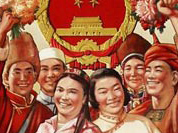
Power, ambition, and arrogance: Lessons of Bo Xilai’s ‘Singing Red Song’ campaign as a political communication project
Chengju Huang
Read Abstract Read Article
RMIT University, Melbourne, Australia

Do social media spell the end of journalism as a profession?
Roumen Dimitrov
Read Abstract Read Article
University of New South Wales (UNSW), Australia
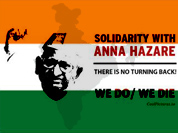
Social media's impact on journalism: A study of media's coverage of anti-corruption protests in India
Dr Usha M. Rodrigues
Read Abstract Read Article
Deakin University, Melbourne, Australia
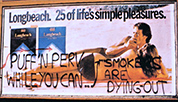
Cut and Paste: Australia’s Original Culture Jammers, BUGA UP
Milissa Deitz
Read Abstract Read Article
University of Western Sydney, Australia
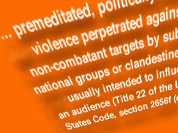
Narratives used to portray in-group terrorists: A comparative analysis of Israeli and Norwegian Press
Tal Samuel-Azran
Read Abstract Read Article
The Interdisciplinary Center, Herzliya, Israel
Amit Lavie-Dinur
The Interdisciplinary Center, Herzliya, Israel
Yuval Karniel
The Interdisciplinary Center, Herzliya, Israel
Interviews
-
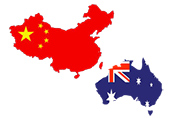
The Image of China in Australia: A Conversation with Bruce Dover
Bruce Dover
Read Abstract Read Article
Chief Executive of Australia Network
Dr. Leah Xiu-Fang Li
Associate Professor in Journalism and Communications, Guangzhou University, China
Book Reviews
-
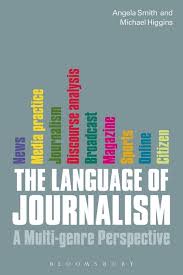
The Language of Journalism – A Multi-genre perspective
Denise Ryan Costello
Read Review
RMIT University, Melbourne, Australia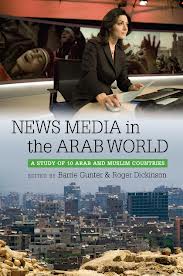
News Media in the Arab World: A Study of 10 Arab and Muslim Countries
Saba Bebawi
Read Review
Swinburne University, Melbourne, Australia

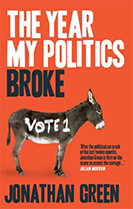
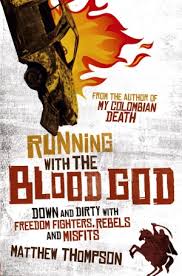
Abstract
The year 2011 was memorable for many in India – for those who participated in numerous anti-corruption protests, and for those who witnessed these protests via all pervasive mainstream news media. This paper will use inter-media agenda-setting discourse to explain the Indian media’s coverage of the so-called ‘Anna movement’. It will outline how the use of mobile and social media platforms by the ‘India Against Corruption’ organisers and the educated middle class influenced the mainstream media’s coverage of the protests. The paper will consider the implication of this coverage, in the light of the unique position of power the Indian news media has in this transitioning society.